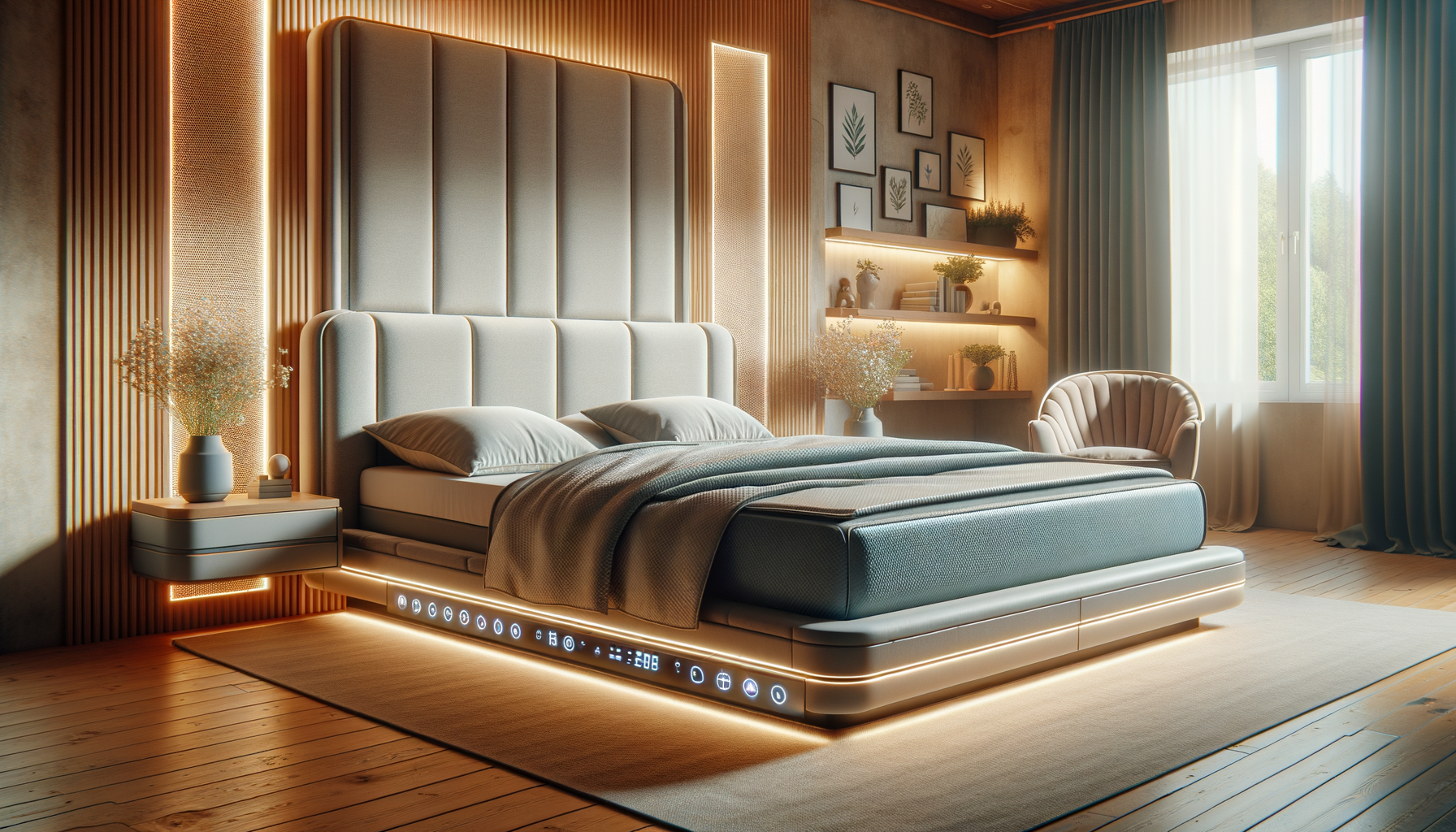Introduction to Smart Furniture
In an era where technology seamlessly integrates into our daily lives, smart furniture emerges as a fascinating innovation that combines functionality with style. As our homes become smarter, the furniture we choose plays a crucial role in enhancing our living experience. Smart furniture isn’t just about aesthetics; it’s about creating a harmonious environment that caters to comfort, convenience, and efficiency. From beds that adjust to your sleeping patterns to tables that charge your devices, the realm of smart furniture is vast and varied.
The Evolution of Smart Furniture
Smart furniture has evolved significantly over the years, transitioning from simple designs to sophisticated, tech-driven pieces. Initially, furniture was crafted with a primary focus on form and function. However, as technology advanced, the integration of smart features became a natural progression. Today, smart furniture incorporates a variety of technologies such as IoT, AI, and automation, offering users a more interactive experience.
For instance, smart beds now come equipped with sensors that monitor your sleep patterns, adjusting firmness and temperature to enhance sleep quality. Similarly, smart sofas and chairs can adjust their shape for optimal ergonomic support, promoting better posture and reducing strain. This evolution reflects a broader trend in home automation, where the focus is on creating a seamless blend of technology and comfort.
Benefits of Smart Furniture
The benefits of smart furniture extend beyond mere convenience. One of the most significant advantages is the enhancement of comfort and well-being. Smart furniture adapts to the user’s needs, providing personalized comfort and support. For example, adjustable smart beds can alleviate back pain by offering customized support, while smart recliners can help reduce stress by providing massage functions.
Moreover, smart furniture contributes to energy efficiency. Smart lighting systems integrated into furniture can adjust brightness based on natural light availability, minimizing energy consumption. Additionally, smart furniture often includes built-in charging stations, reducing the need for multiple power outlets and cables, thus decluttering spaces.
Popular Smart Furniture Trends
As smart furniture gains popularity, several trends have emerged, reflecting consumer preferences and technological advancements. One notable trend is the rise of multi-functional furniture. Space-saving designs that incorporate smart technology are particularly appealing to urban dwellers with limited space. For example, smart desks with built-in storage and charging ports cater to the needs of remote workers seeking efficient home office solutions.
Another trend is the emphasis on sustainability. Many manufacturers are focusing on creating eco-friendly smart furniture by using sustainable materials and energy-efficient technologies. This aligns with the growing consumer demand for environmentally conscious products.
- Multi-functional designs
- Sustainable materials
- Energy-efficient technologies
The Future of Smart Furniture
The future of smart furniture looks promising, with continuous innovations on the horizon. As technology advances, we can expect even more integration of AI and machine learning into furniture designs. This could lead to furniture that anticipates user needs and preferences, offering an even more personalized experience.
Furthermore, the integration of virtual and augmented reality into smart furniture could revolutionize the way we interact with our living spaces. Imagine a dining table that transforms into a virtual workspace or a couch that simulates different environments for relaxation. The possibilities are endless, and as smart furniture continues to evolve, it will undoubtedly play a pivotal role in shaping the homes of tomorrow.




Leave a Reply